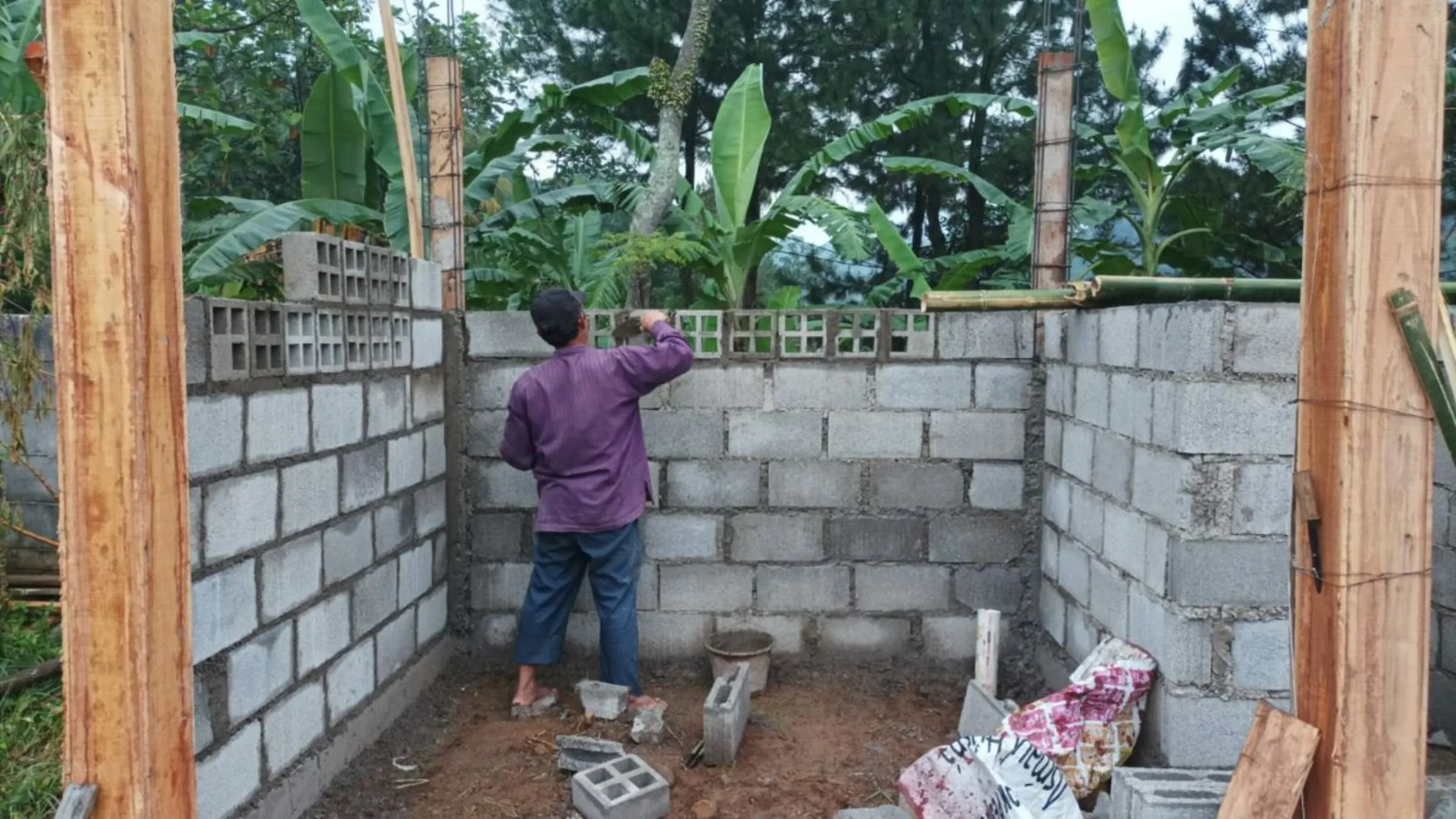Are bricks environmentally friendly?

A worker loads bricks on his head in the dusty working environment of a brick factory, as he transports them to another place, in Dhaka, Bangladesh, January 16, 2024. REUTERS/Mohammad Ponir Hossain
What’s the context?
South Asia's construction boom relies on clay bricks, but pollution from kilns is killing tens of thousands of people each year.
DHAKA - About a quarter of the world's bricks are produced in South Asia to build houses and factories in the region as more people move to urban areas in search of work.
But brick-making contributes to air pollution and emits greenhouse gases, while attempts to reduce emissions have faltered.
Constructing, powering, heating and cooling buildings is a key driver of climate change, generating 37% of annual global greenhouse gas emissions, according to the U.N. environment programme.
India produces 250 billion bricks a year, followed by Bangladesh, with 27 billion bricks, Pakistan and Nepal, a 2020 World Bank study showed. China is the world's top maker of bricks, producing more than 1 trillion bricks per year.
How does brick-making affect the environment?
In South Asia, clay is extracted from the soil, hills and riverbeds, then shaped and dried before being baked in furnaces, or brick kilns.
Taking the fertile, top layer of soil to make bricks hampers agricultural production, a 2018 study published in the journal Environmental Management said.
Brick kilns run on fossil fuels - mostly coal - and release greenhouse gases and fine particles that pollute the air.
In India alone, where half of houses are made of bricks, kilns use about 35 million tonnes of coal and 25 million tonnes of biomass a year, a study published by the scientific journal Nature said in 2023.
Pollution from fuel-burning brick kilns cause respiratory problems, including bronchitis, that kills about 6,000 people in Bangladesh and 55,000 people in India each year, the World Bank said.
How do bricks compare to alternatives, like concrete blocks?
A major candidate to replace bricks is concrete blocks, the most popular building material worldwide that is made from cement, sand, gravel and water.
India has seen the share of alternative materials, including concrete blocks, increase to 25% in its construction, but progress has been limited in Bangladesh and Nepal, the World Bank study said.
And these alternatives have their downsides.
Cement, which typically makes up between 10% and 15% of concrete by volume, accounts for 7% of global emissions, according to a 2018 study by the International Energy Agency.
Architects in South Asia have tried to popularise the use of natural, renewable materials like bamboo and wood to build robust homes, especially in rural areas.
But these "green buildings" have not replaced brick and concrete, due in part to cost.
Reducing the use of certain raw materials in cement, like clinkers which cause it to harden when mixed with water, and reusing and recycling concrete could cut emissions, the International Energy Agency has suggested.
What are countries doing to clean up brick-making?
South Asian countries have looked at new kiln technology as an intermediate solution.
Shifting from energy-intensive long-necked fixed chimney kilns to zigzag kilns, in which bricks are arranged in a zigzag pattern inside the furnace to ensure better air flow, uses less energy and releases less pollution.
In Bangladesh, more than 90% of kilns have been converted to zigzag kilns, according to researchers at the London-based International Growth Centre.
Technical improvements in zigzag kilns could further reduce energy use by 10.5% per kiln, a recent study published in the Science journal reported.
New innovations, such as the hybrid Hoffman kiln, which uses heat generated from waste to halve energy usage, can help, but these kilns are 15 times more expensive to build, compared with fixed chimney kilns, according to the World Bank.
Context is powered by the Thomson Reuters Foundation Newsroom.
Our Standards: Thomson Reuters Trust Principles
Tags
- Fossil fuels
- Net-zero
- Climate policy

















